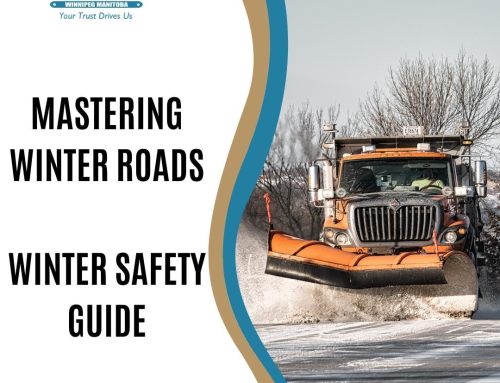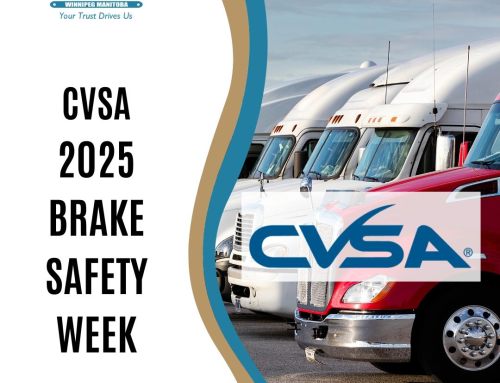
Most truck drivers are faced with the duty of helping to unload trailers. Generally the freight is heavy and awkward. Sometimes there isn’t a loading dock available or even basic equipment to help with the unloading process leaving you and a few other helpers to hand bomb freight off the trailer. This is where proper lifting techniques are going to come in handy.
Plan Ahead Before Lifting
Many times you will be working with a group of people who are not familiar with the process of unloading a trailer. Take control and set the plan. Knowing what you’re doing and where you’re going will help prevent you from making awkward movements. Make sure that everyone involved knows and follows the plan. This may mean that you are continually directing the process through communicating each step of the unloading. It’s also a good idea to make a clear path from the trailer to the final destination spot for the freight. Remove any obstacles or debris from the area and check for things like pot holes or slippery ground that should be avoided.
There’s more to it than “Lift with Your Legs, Not Your Back”
- Start with your feet shoulder width apart to give you a solid base of support.
- Squat down close to the object and get a firm grip on what you will be lifting.
- Pull the object into your body. You will be more stable if the object is held close to your body making it easier to get up, lift, and carry.
- Lift with your legs and tighten your stomach muscles. When getting up from that squatted position, push up with your legs because they are stronger than your back. By tightening your abdominal muscles you will hold your back in a good lifting position that will help prevent additional force on the spine.
- Take small steps and don’t twist. Keeping your feet shoulder width apart will help with your balance and the position of your spine. Take small steps to reduce extra stress on the spine. If you have to turn, do not twist at the waist. Instead, stop; turn in small steps and then continue walking.
- When placing the object down, stop; bend at the knees to lower yourself, place the object where it belongs.
A Few Extra Tips
Stretch before handling freight. Stretching only takes a couple of minutes and it warms your muscles and prepares them for what is to come. Stretches can help to combat the aches and fatigue that hand bombing freight can place on your body and prevent injuries from occurring.
If you’re straining, get help. If more than one person is attempting to lift an object it is important that one person take control of the lift by communicating directions so that everyone participates in the lift at the same time.
Push, don’t pull. Sometimes objects are extremely large and heavy and must be moved to the end of the trailer before bringing them down. We can push two times more weight than we can pull, plus it’s less aggressive on the spine.
Never bend your back to pick something up and we mean anything. Simply bending at the waist to reach down to grab something, even a pen, can cause back injury. Always bend at the knees.
For your viewing pleasure here’s a 20 minute video on how the back works, back injuries and proper lifting techniques. If you just want to watch proper lifting techniques then skip ahead to the 9:20 point of the video.
Image courtesy of Ambro at freedigitalphotos.net




